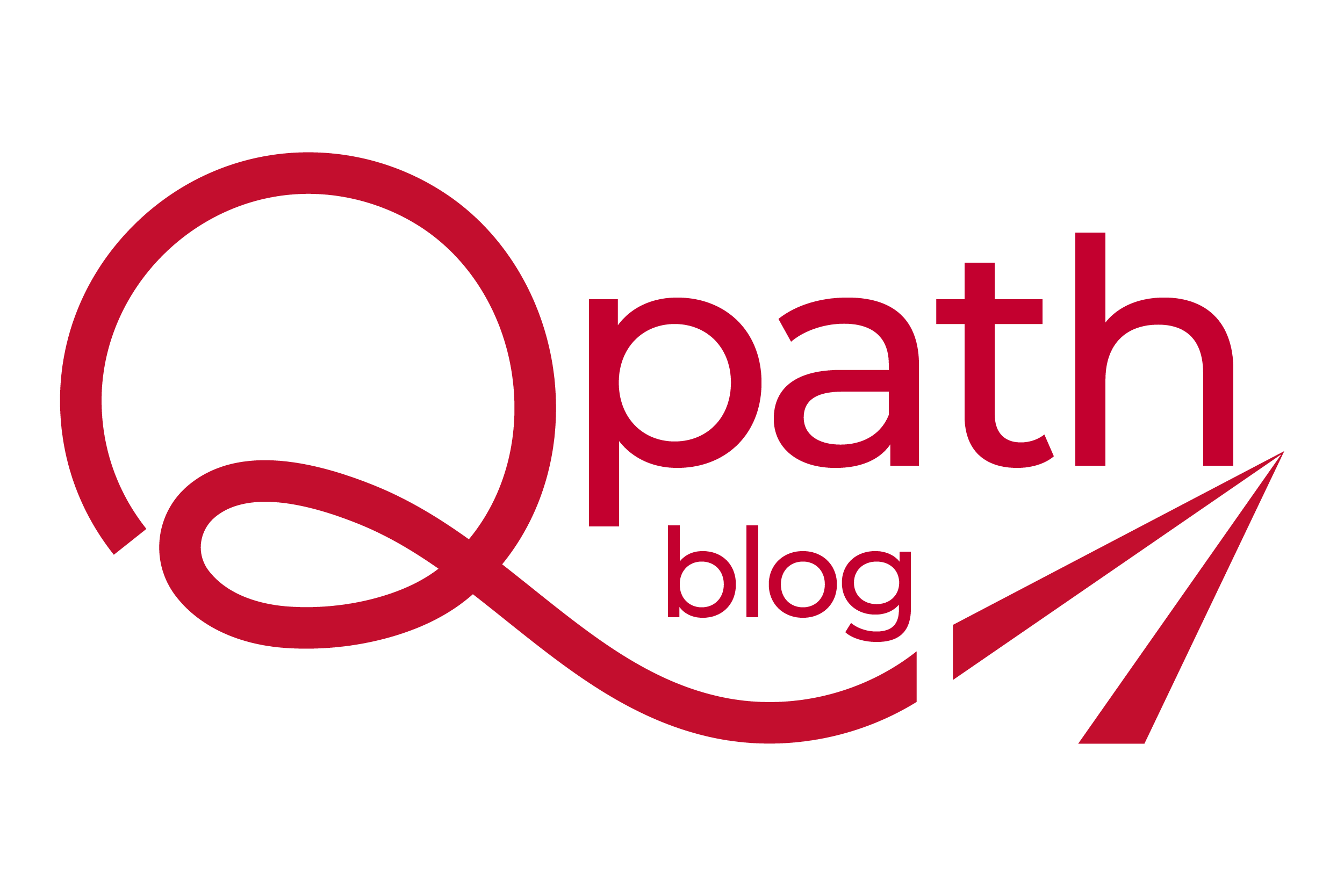
Community pharmacists’ hard work to provide more accessible healthcare is increasingly being recognized by payers. This can provide new revenue to offset decreased prescription reimbursements. But what do pharmacists need to know to start taking advantage of medical billing?
In Part 1, we talked about differences in billing for prescriptions versus clinical services. This post digs deeper into some workflow specifics. It draws on sessions at Series 2 of iQ Virtual, which outlined the steps of successfully billing for medical services.
How to seek reimbursement for clinical services:
Learn. Understand federal, state, and payer requirements to perform and be reimbursed for clinical services. What’s allowed and reimbursed varies by where you practice pharmacy and by the payers involved.
Verify. Have a real-time eligibility check with the selected payer to ensure compliance with medical benefit coverage and to reduce the risk of denials and audits. It’s nothing but problematic to learn after the fact that a certain patient or service wasn’t covered.
Document. Create guided documentation that’s integrated into the existing pharmacist workflow and driven by regulatory and reimbursement requirements. The goal is to record the information that’s needed for insurance claims and legal considerations as part of the service encounter.
Bill. Use integrated claims processing with denial management to ensure optimal reimbursement. These systems can often catch and correct the small errors that prevent the claim being paid.
Share. Communicate patient results electronically with other healthcare providers, state registries, and public health organizations. Doctors should know about the disease education, point-of-care testing, or medication management you’re providing their patient. Immunizations should be reported to the state, certain test results to health agencies, etc.
As discussed in Part 1, credentialing and contracting is crucial to pharmacists being able to bill for services under medical coverage is. This requires pharmacists to:
- Declare yourself: Enroll properly with Medicare and complete initial forms with other payers.
- Describe yourself: Update NPI taxonomy codes for your organization and yourself and get the CAQH profile started.
- Get connected: Connect with a medical claims processor to submit claims and ensure enhanced eligibility.
Support for billing clinical services
Considering the steps outlined above, there’s no getting around the fact that medical billing requires a time investment, and that can be a barrier to already harried community pharmacists. There are programs that have stepped in to fill that need, including RedSail Medical Billing (by TransactRx).
So, assuming you’ve taken the needed steps to prepare for medical billing, let’s consider what clinical services are commonly being reimbursed by payers. Depending on location, pharmacists’ options could include:
- Hormonal contraceptive therapy
- Education (tobacco cessation, diabetes education, pre-diabetes education)
- Medication Therapy Management (MTM)
- Office visits
- Point-of-care testing including flu, strep, and importantly, COVID-19: Assuming a goal of testing 2% of the U.S. population (about 6 million people) for COVID per day by December, pharmacies become essential; without pharmacy testing, capacity remains below a million a day.
Before moving into a big area not included in the list above – immunizations – let’s look at a few others.
- Diabetes Self-Management Education (DSME)
This requires a specific diabetes accreditation for your group, but it does not require you to be a Certified Diabetes Educator. Medicare pays for up to 10 hours initially, then two hours follow-up each year. You’ll need to declare yourself by enrolling as a pharmacy. Currently, you’re able to bill Medicare for DSME via telehealth. These services are submitted as a medical claim. - Diabetes Prevention Program (DPP)
One out of every three U.S. adults is living with pre-diabetes. Medicare pays for DPP, but it requires a different accreditation from DSME. Accreditation is virtually free, but you must submit data before you’re approved. Services are submitted as a medical claim, and payment is based on how much weight the patient has lost. - Hormonal Contraception Therapy Writing
Over a dozen states allow pharmacists to bill for their time. This requires basic individualized credentialing for most insurances (e.g., Oregon). Services are submitted as a medical claim; the birth control product is submitted as a pharmacy claim.
Immunization
Now to vaccination. In 2019, about 40 million Americans received the flu vaccine, and at least 52 million Americans are expected to receive the flu vaccine this year – a 30% increase. But immunization “season” can more accurately be considered year-round, with flu August through February, COVID-19 from an estimated January 2021 onward, and Zoster and HPV relevant all year.
It may be possible to use your pharmacy management system to submit both pharmacy and medical immunizations claims: pharmacy claims with NDC codes and medical claims with CPT and ICD-10 codes. It’s important to remember to also bill the administration codes; codes are often unique to the specific immunization. Another key consideration for implementing or expanding immunization services is defining your workflow, especially in light of increased volume, duration, and COVID concerns.
Consider a paperless experience
Paperless pharmacist documentation can streamline workflow and reduce documentation time by up to 80%. A solution can populate previous vaccine history, have details auto-populate via the NCPDP® claim, and allow you to print as well as proceed completely digitally.
Paperless patient documentation accelerates patient completion time by 35 seconds on average. It’s sent securely to the patient via text, eliminates the standard clipboard/pen process, and includes discreet data points that would exclude patients from receiving the vaccine if needed. It can also include technology to highlight companion vaccines.
Taken as a whole, billing as a pharmacist for providing medical services brings benefits that make the effort worth it: practicing at the top of your license, being reimbursed for the holistic care you’re providing, and sharing valuable insights with the patient’s whole medical community. Even better, solutions do exist to ease the process of becoming qualified and equipped to start billing.


Comments (0)